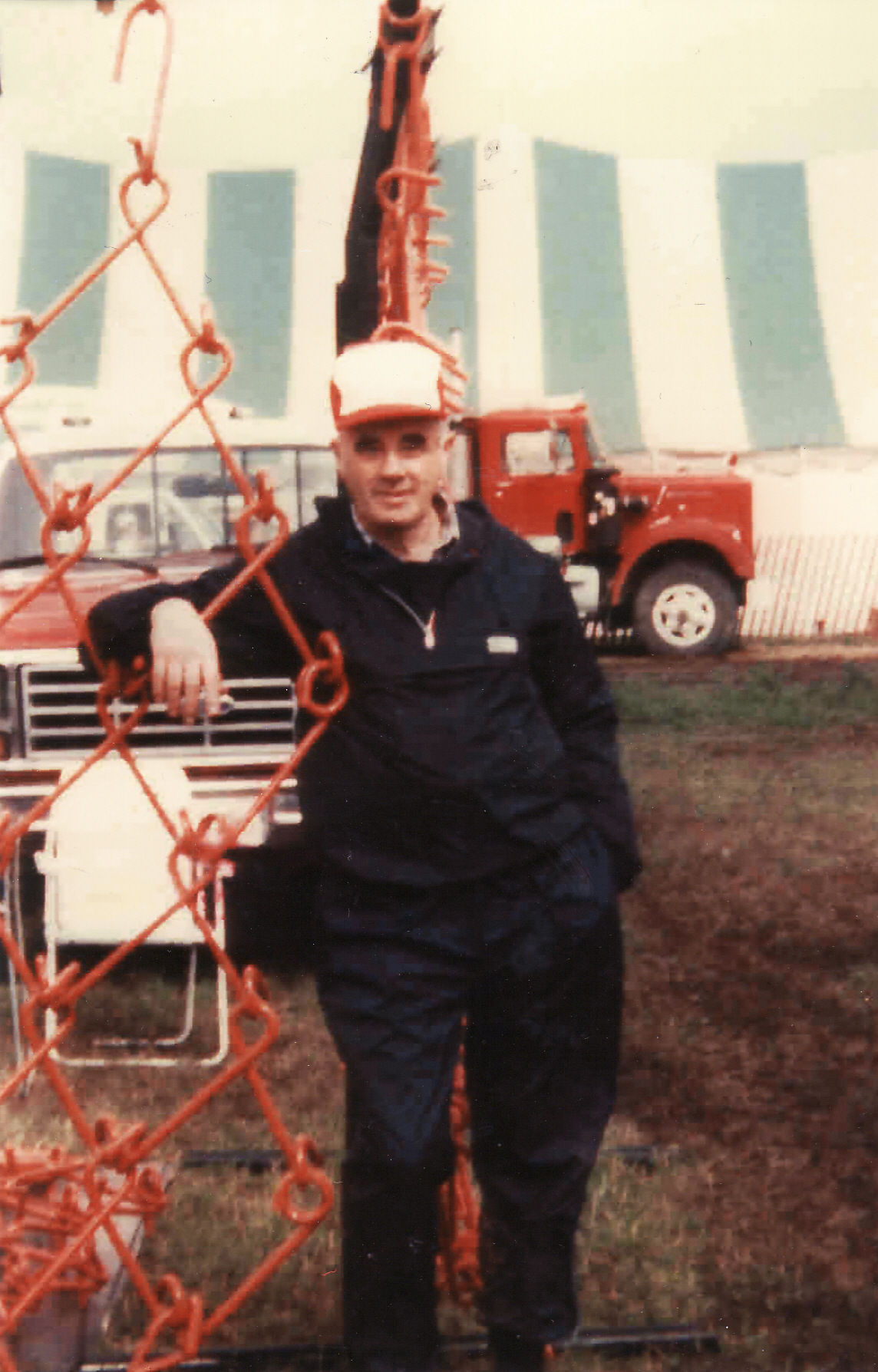Ralph Bridge founded the company in 1981
By Diego Flammini
News Reporter
Farms.com
A Belwood, Ont. agribusiness is celebrating a milestone accomplishment in 2017.
May-Bridge Harrows has recently sold its 50,000th harrow.
That’s an average of about 1,388 harrows per year for the 36-year-old company.
Ralph Bridge founded the company in 1981 after purchasing a patent, said Ron May, the third generation of the family to own and operate the business.
“My grandfather originally bought a patent from Beatty Brothers (now A.O. Smith),” May told Farms.com today. “He built their harrow for about a year and then came up with his own design which we’re using now.”
Bridge’s patented design became the company’s Bridge harrow. Part of the equipment’s design allows the tail section to stay down. The harrow also features a specially designed rounded loop on the draw bar.

Ralph Bridge, founder of May-Bridge Harrows.
Photo: Ron May
And each time a producer purchases a harrow, the family is reminded of their predecessors’ hard work.
“It’s important for us to carry on the family tradition,” May said. “I have three daughters and they’re in the shop most of the time. There’s quite a bit of pride knowing their grandfather came up with that design and that it has supported us all of these years.”
Being in business for more than three decades, the family has witnessed equipment changes and evolution.
Equipment gets bigger, some gets more sophisticated and some gets used in a different way. The harrow is no exception, said May.
“In its early days, harrows were used for final tillage and seedbed preparation,” he said. “Over time it has evolved as far as no-till applications and, even now, a majority of our sales in North America are used for hay and pasture operations.”
Despite the equipment innovations, it’s very important for businesses to always keep in mind the customers who’ve helped them become successful, May said.
“Of course we need larger equipment to accommodate today’s machinery, but we can’t forget about the smaller harrows,” he said. “Last year, the average size of harrow we sold was about 13 feet (4 m). When my grandfather started selling harrows, they were also 13 feet.”